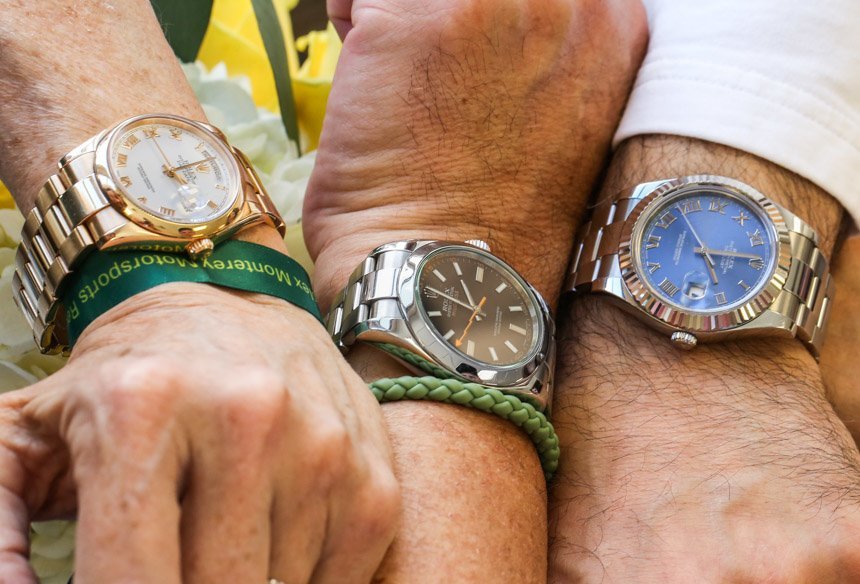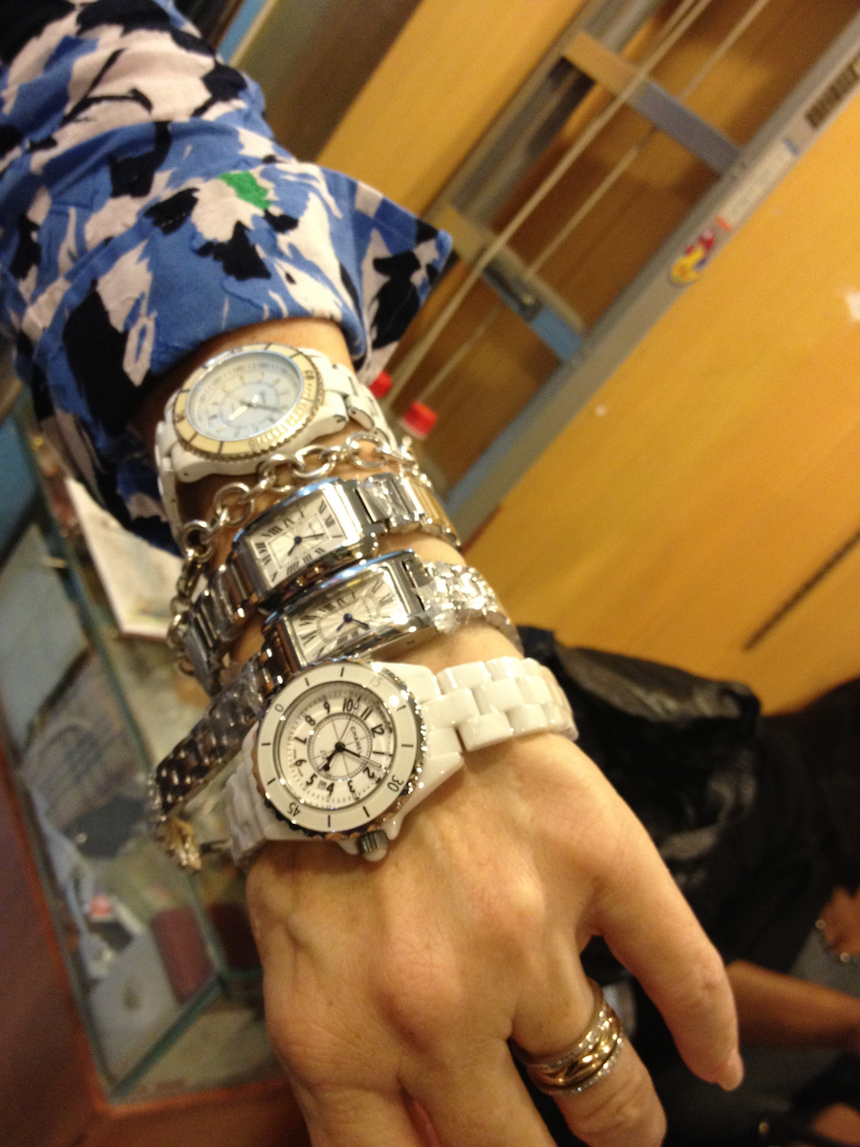
Allow me to stay on this topic because it is a bit confusing. This entire time I’ve been speaking about the value contained within a luxury watch. Now I am saying that the social perceived value of any luxury watch is heavily modified by what people think about the watch itself as well as the person wearing the watch. Ideally, anyone wishing to show off a luxury watch not only wants people to recognize it for what it is, but also for people to believe that it was specifically chosen by the wearer, who understands the value in their wrist watch. For this reason a watch with high inherent value can lead to a low level of perceived social value if worn by a person who communicates low levels of sophistication by an audience with a high level of sophistication. Let’s explore a few examples of how value and taste can mix.
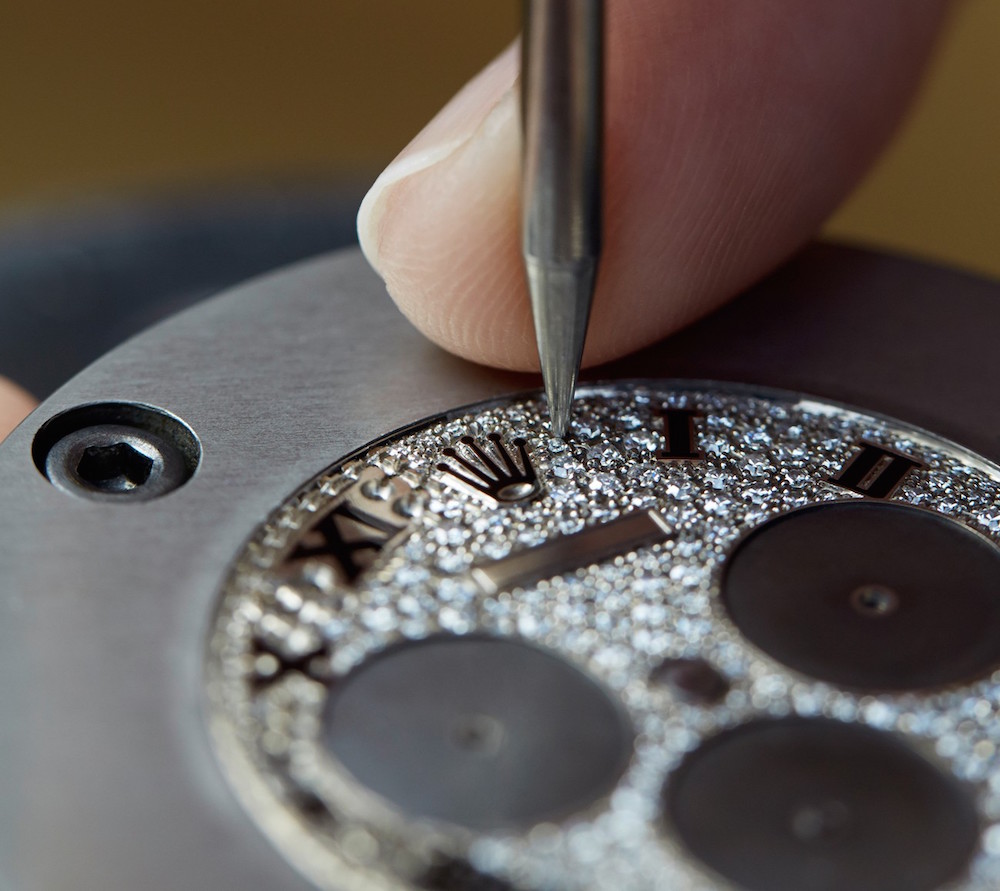
Let’s begin with watches which are covered in diamonds. Such watches have high perceived social value because of how widely diamonds are recognized as luxury items. Diamonds are also valuable, so the watch (at least the diamond part) can also have high inherent value. Much of the time watches covered with diamonds purely emphasize this fact, and do not have a high-level of mechanical or design complication. Nevertheless, the combination of social perceived value and inherent value is high.
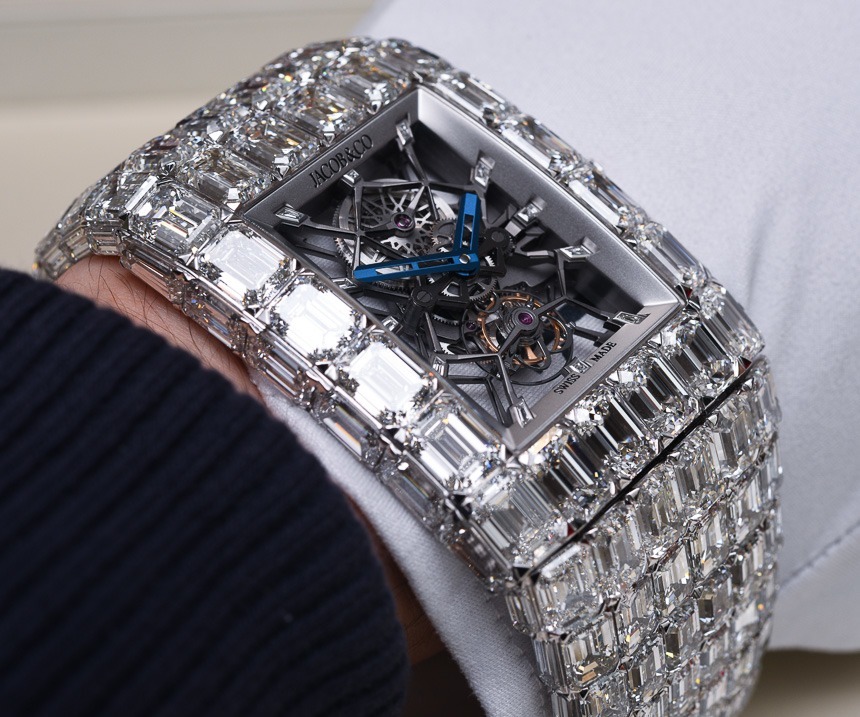
Watches with diamonds nevertheless come with low taste value. Most would agree that little education or life experience is required to form the notion that diamonds are valuable, and to recognize what diamonds look like. The more diamonds a watch has, often times the less taste value it is given, which is an interesting phenomenon. In my opinion this is because sophisticated audiences do not view the communication value of such items as high because the wearer requires no education to have selected such items. More so, it can be argued that the primary audience diamond-covered watches are meant to communicate luxury to are low sophistication (i.e. mainstream) audiences. Sophisticated audiences often feel as though they have “earned” the right to (at least in their realm of sophistication) choose less common luxury items which require more time and effort to understand their inherent value. Why? It all comes down to honesty. Social perceived value can be manipulated while inherent value is much more challenging to manipulate.
Luxury Taste & Value Deception
This leads me to the concept of deception when it comes wearing luxury items such as watches. Deception here comes in many forms, and in this instance is trying to gain high social perceived or luxury value through manipulative means such as wearing an inauthentic watch or by relying on the good taste of a third party rather than by gaining the requisite sophistication to make a “good taste” watch selection yourself.
Social deception is one of the most interesting and least directly spoken about communication elements in our society. It is the idea that one or more people attempt to convey a level of success or status which simply doesn’t truly represent their actual success or status. Social deception exists both in humans and other animals, and is unfortunately inseparable from living in a community with other people.
Deception is attractive because it means you might get the value of something without actually having that thing. For the purpose of this conversation the forms of deception I will discuss are those mentioned above. First is deception by wearing a fake watch (i.e. a less expensive, mostly illegal, and often lower quality replica of an authentic product), and second is taste deception, where someone attempts to express a level of taste or sophistication that they have not personally earned through education and experience.
The moral problem of wearing replica watches is in their deceptive nature. Most people focus on the fact that replica watches infringe upon intellectual property rights and are illegal. I will suggest however that outside of intellectual property (trademark and copyright) rightsholders, the real reason most people don’t like it when people wear fake watches is because it is a form of social deception.
Wearing a fake watch is done with the intent to communicate to most people that the wearer has the ability to afford the real item the fake is trying to be, and to a lesser degree that they have the requisite sophistication to choose such an item. The problem is that rather than communicate what they can actually afford, what they are communicating is a lie. Even if the wearer can actually afford the real thing, the fact that they are wearing a known replica is often considered to be a message of that person’s willingness to lie.
Lying is something we as people want to avoid for a very simple reason. As social creatures, we observe the actions of people around us as guides and examples of behavior that we might wish to emulate. A successful life is really all about engaging in good adaptive behavior, and as a learning species, we discover good adaptive behavior through personal trial and error, as well as observing the behavior of others.

We are always looking to the social world of other people around us for hints and tips on better survival techniques. We rely on the authenticity of those lessons so that if we effectively replicate the behavior we observe in the context of our own lives, we will (ideally) achieve the hoped-for outcome. If however, we rely on examples set by others which offer false lessons due to deception and manipulation (intentional lying meant to assert a desired outcome), then our time and efforts are wasted.
Social media is rife with social deception and is where I recommend you go if you are interested in observing countless instances of pretty much every form of deception. Fake watches are the most common form of deception in the luxury watch world, second only to the retail prices many watch brands attach to their products. Most of us can really only put up with one of these forms of deception.

Another form of deception in the world of luxury watches is wearing a watch that you simply didn’t choose yourself. This is why so many people find it irritating when a celebrity they admire participates in a paid endorsement for a watch or otherwise. Here, the deception is in the fact that the celebrity endorser probably isn’t choosing the watch because they themselves like it, but rather merely because they are paid to do so. There is nothing wrong with someone becoming a paid endorser of a product that they genuinely like, but all too often, the social perception is that such situations provide little information about what that celebrity would actually wear on their wrist if there was not a fiscal incentive involved.
A related form of “watch choice deception” is when someone relies upon the taste of a third party to select which watch they are wearing. This form of deception is common, but requires a highly sophisticated audience to recognize. This happens when someone wishes to communicate a level of taste and luxury value in their watch choice, but in reality relied on someone else to make that choice for them. Watch choice deception is almost immaterial for mainstream audiences who are less interested in taste value and more interested in perceived social value because a watch both looks and ideally is expensive. Such audiences are less concerned about the specific watch being worn.
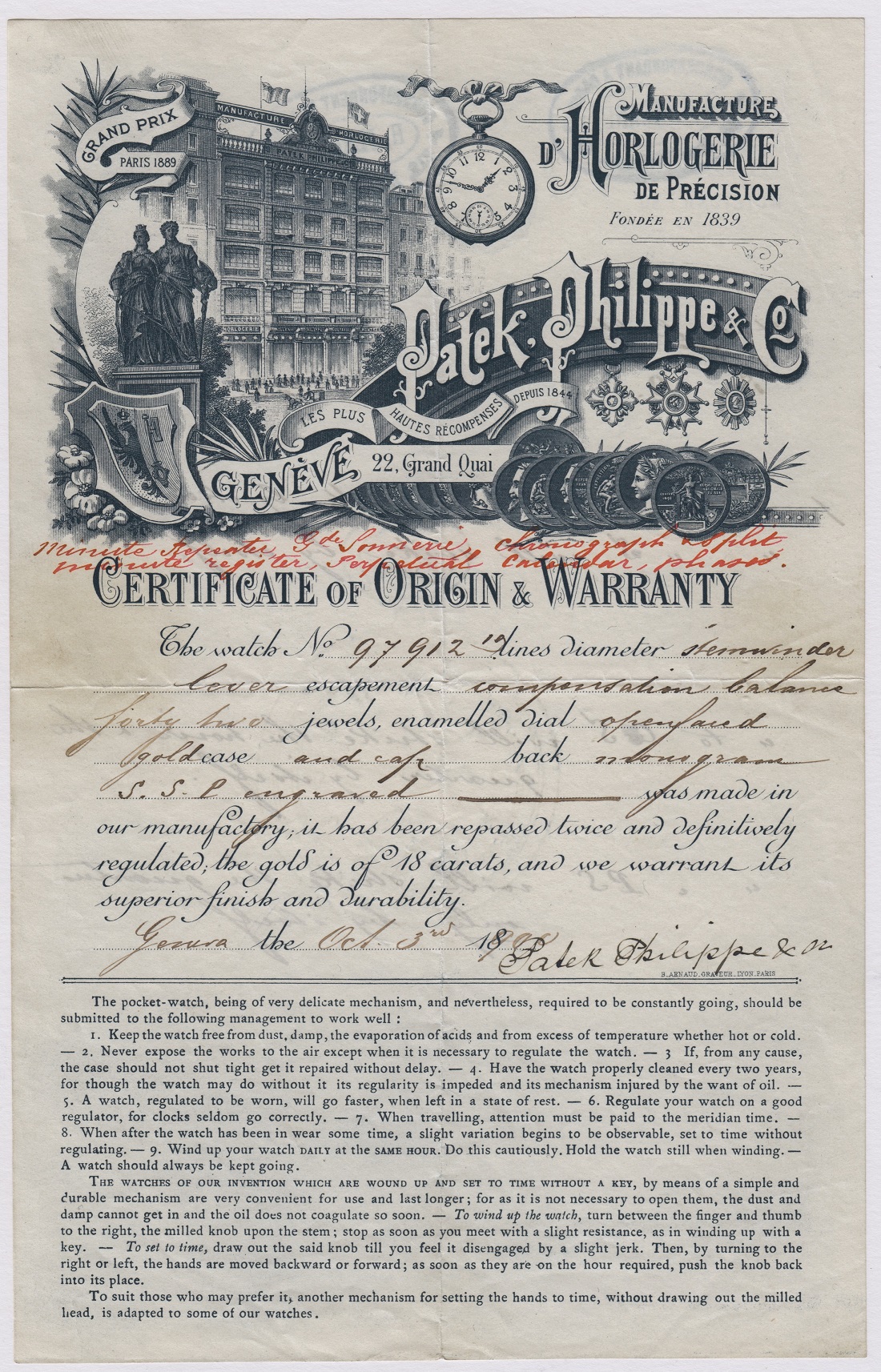
Sophisticated audiences are those which are the most sensitive to watch choice selection. This is because such an audience bases the level of value they have on a watch wearer not only because of their ability to afford a particular item, but also because of demonstrated taste. If the taste part of the equation is inauthentic, then it severely erodes the level of value a sophisticated audience has in the wearer.

